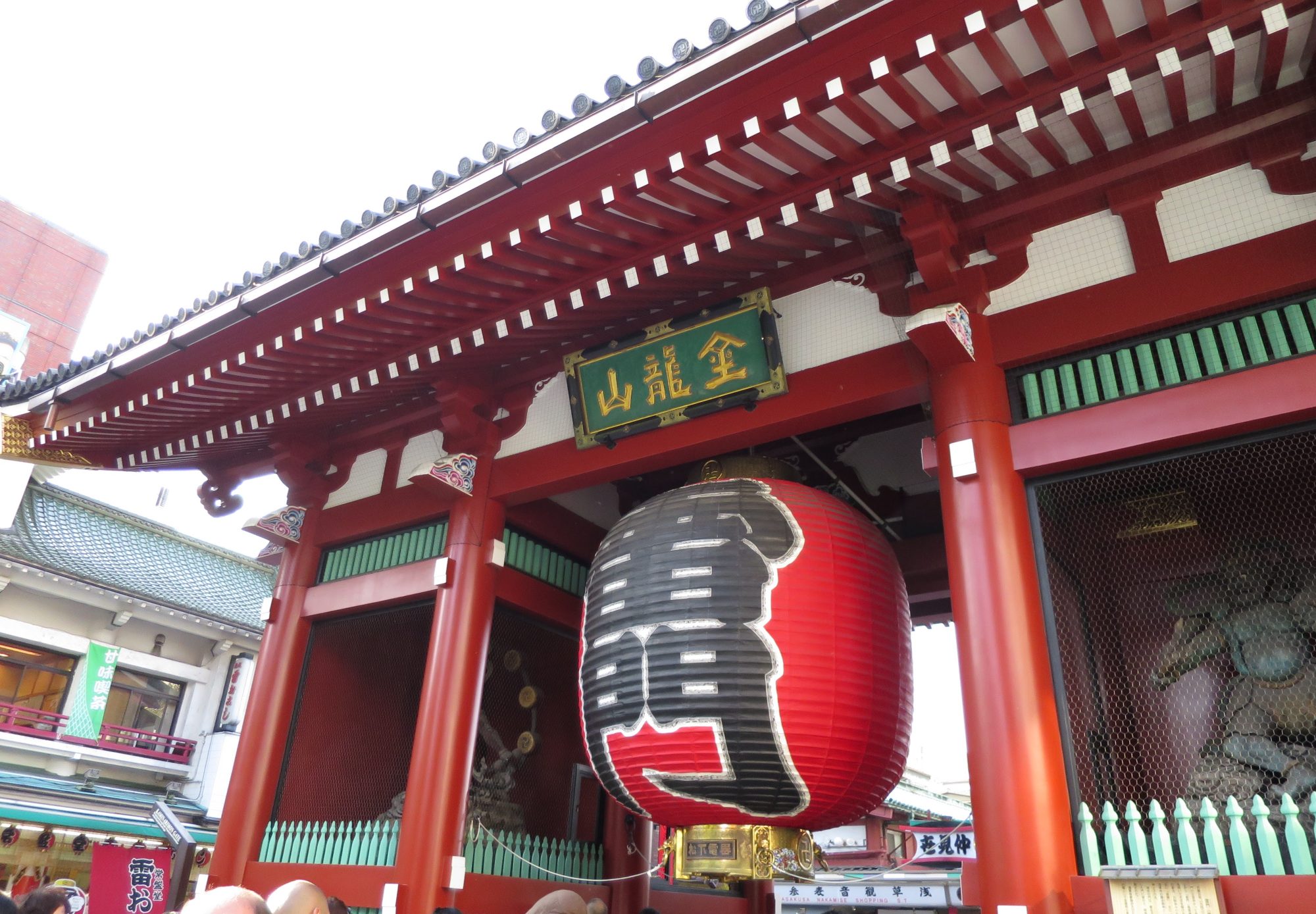One person believes Two religions
Japan is renowned for its rich cultural tapestry, much of which is woven from its spiritual traditions. Unlike many countries where religious adherence often involves exclusive devotion to a single faith, Japan presents a unique landscape where most people blend practices and beliefs from both Shinto and Buddhism. They were originally different religions, but once mixed in the history and after 1868 separated again. Nowadays although they are two different religions again, an average Japanese believe both of them. Let’s delve into the dominant religious landscape of Japan and explore how Shinto and Buddhism coexist in the hearts and minds of the Japanese people.
Shinto: The Way of the Gods
Understanding Shinto
Shinto, meaning “the way of the gods,” is Japan’s indigenous religion. It is characterized by the worship of kami, which are spirits or deities associated with natural elements like mountains, rivers, trees, and ancestral spirits. Shinto rituals focus on purification, offerings, and prayers to these kami, seeking blessings for health, prosperity, and protection from misfortune.
Cultural Integration
Shinto practices are deeply embedded in Japanese culture. Life events such as births, marriages, and the New Year are often celebrated with Shinto rituals. Festivals (matsuri) held at Shinto shrines are a significant aspect of community life, fostering a sense of continuity and connection with nature and tradition.
Buddhism: The Path to Enlightenment
Introduction and Teachings
Buddhism was introduced to Japan in the 6th century from China and Korea. It brought with it a rich philosophical and spiritual heritage focused on overcoming suffering through ethical living, meditation, and wisdom. Central to Buddhism are the Four Noble Truths and the Eightfold Path, guiding practitioners towards enlightenment (nirvana).
Temples and Practices
Buddhist temples serve as centers for meditation, prayer, and ceremonies, particularly those related to death and the afterlife. Many Japanese families turn to Buddhism for funeral rites and ancestor memorial services, reflecting the religion’s emphasis on the impermanence of life and the cycle of rebirth.
Syncretism: The Blending of Shinto and Buddhism
Harmonious Coexistence
The most distinctive feature of Japan’s religious landscape is the syncretic blend of Shinto and Buddhism. This harmonious coexistence allows individuals to draw from both traditions without conflict. For example, it is common for a person to visit a Shinto shrine for a New Year’s blessing, celebrate a wedding at a Shinto shrine, but also observe Buddhist funeral rites for deceased relatives.
Practical Spirituality
Japanese people often approach religion pragmatically, selecting practices from both Shinto and Buddhism based on the occasion and need. This non-exclusive attitude means that most Japanese do not feel the need to choose between the two religions. Instead, they integrate aspects of both into their daily lives, creating a practical and inclusive spiritual practice.
Everyday Expressions
In everyday life, this syncretism is evident in various ways. Homes often have both Shinto altars (kamidana) and Buddhist altars (butsudan), where families offer prayers and respect to both kami and ancestral spirits. Festivals, holidays, and rituals from both religions are widely celebrated, contributing to a rich cultural fabric that respects and honors multiple spiritual traditions.
Modern Perspectives
Secular and Spiritual Balance
While many Japanese people consider themselves non-religious or secular, this does not negate their participation in religious customs. The distinction often lies in the difference between organized religion and personal spirituality. Even those who identify as secular may still engage in Shinto and Buddhist practices, valuing their cultural, social, and aesthetic aspects.
Respect for Tradition
The respect for tradition is a key element of the Japanese approach to religion. Despite the modern, technological advancements in Japan, traditional religious practices remain integral to community and family life. This respect for tradition ensures the preservation and continuation of both Shinto and Buddhist practices in contemporary society.
Conclusion
The dominant religious landscape in Japan is characterized by a harmonious blend of Shinto and Buddhism. This unique syncretism allows Japanese people to navigate their spiritual lives with flexibility and inclusivity, drawing from the strengths of both traditions. By embracing practices from both religions, the Japanese maintain a rich cultural heritage that honors the past while adapting to the present. Understanding this dual religious identity offers valuable insights into the complex and harmonious spiritual landscape that defines Japan. Whether visiting a shrine, attending a temple ceremony, or observing daily rituals, one can appreciate the depth and beauty of Japan’s blended spiritual traditions.
